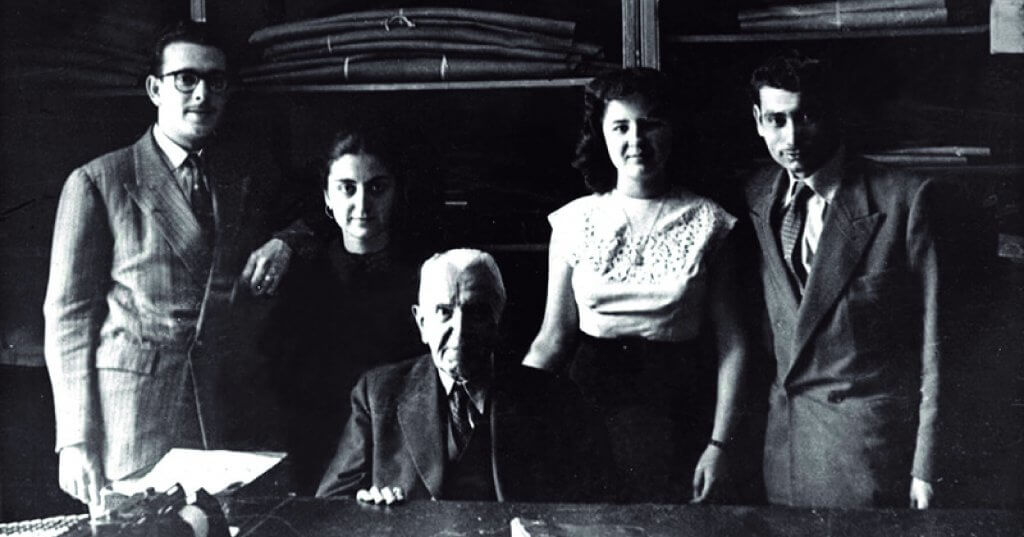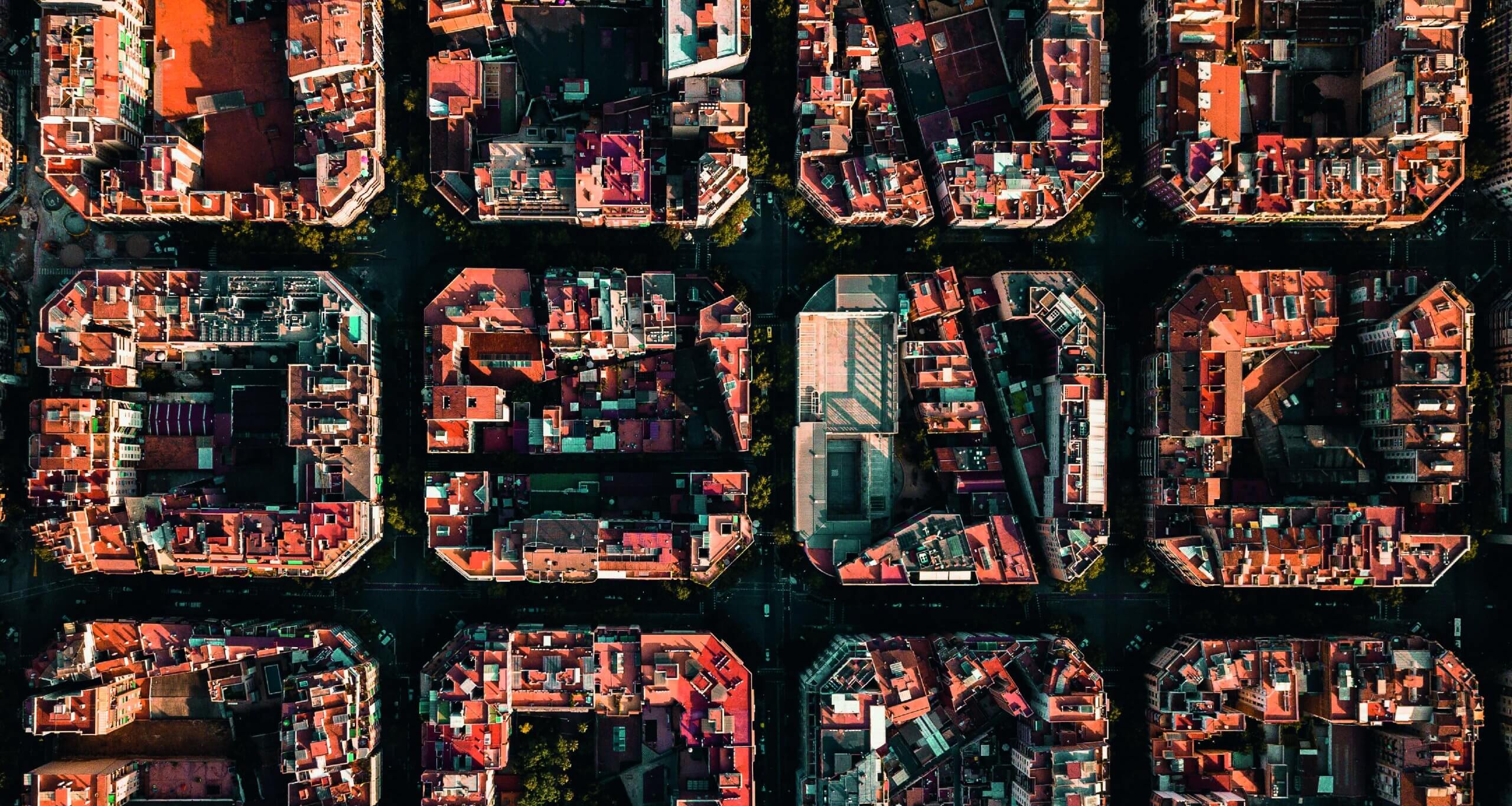Trend
The history of tanneries in Barcelona
October 7, 2024
The history of tanneries in Barcelona
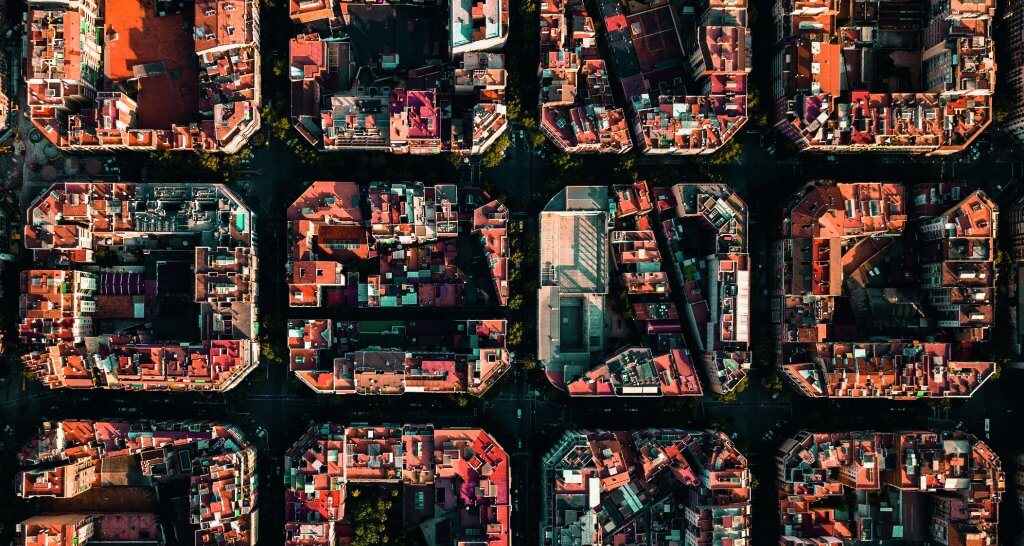
The history of tanneries in Barcelona is an important part of the economic and social development of the city, especially during the Middle Ages and the Modern Age. The tanning industry, which consists of the process of converting animal skins into leather through the use of chemical products, was a crucial economic activity in Barcelona and its surroundings for many years.
Origins and Development
From the Middle Ages, Barcelona had a notable craft industry, including leather production. The shoemakers‘ and tanners’ guilds were powerful in the city and controlled the production and sale of leather. The tanneries were initially located on the outskirts of the city, close to water sources necessary for the tanning process, such as the Besòs river.
Middle Ages
In medieval Barcelona, the tanning industry began to develop as a key craft activity, due to the demand for leather products, such as footwear, clothing, and tools. The tanners, known as ”*adobadores”, settled mainly in the Ribera, near the river, where water was abundant and necessary for the tanning process.
The guilds, organizations of craftsmen who regulated quality and prices, played a crucial role in the industry. The guild of the “adobadores” was one of the most influential in medieval Barcelona. These guilds not only regulated production, but also provided a framework for training apprentices and ensuring an adequate standard of living for their members.
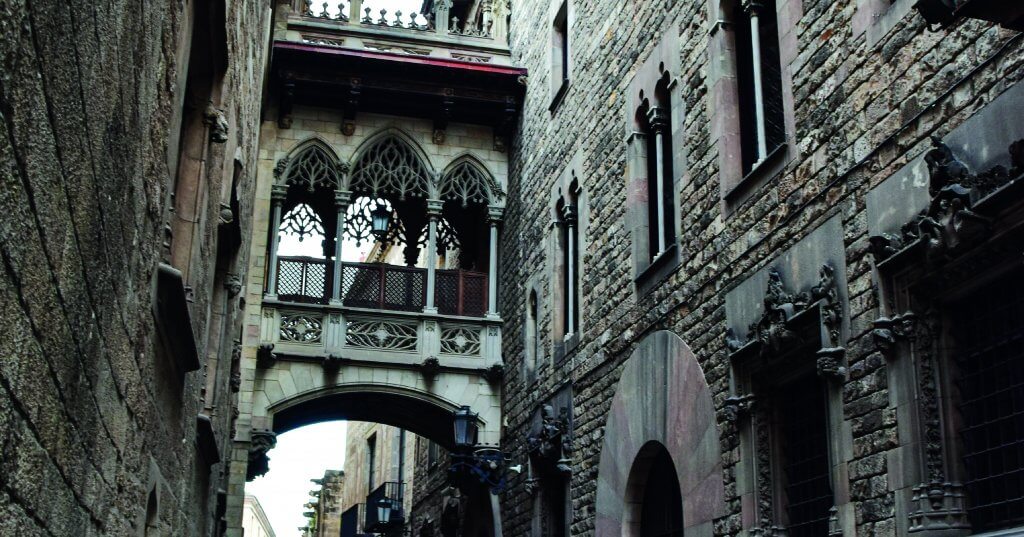
The Modern Age
During the 15th and 16th centuries, the tanning industry experienced a significant boom in Barcelona. The demand for leather continued to grow, both locally and in trade with other regions. The skins of animals such as cattle and sheep were processed in the city and exported to other parts of Europe.
The growth of the textile industry in Barcelona also contributed to the development of tanning, as the two industries were interrelated. The tanners supplied the leather needed for the manufacture of clothing, harnesses and other products.
18th and 19th Century: Industrial Boom
During the 18th century, with the economic growth and commercial expansion of Barcelona, the tanning industry began to develop more and more. In the mid-19th century, the Industrial Revolution brought with it modern machinery that allowed leather mass production, which significantly increased tanneries capacity and efficiency. The Raval district became an important tannery centre during this period. Many factories and workshops were established there, giving rise to a robust industrial community. However, uncontrolled growth also brought public health problems due to bad smells and water pollution.
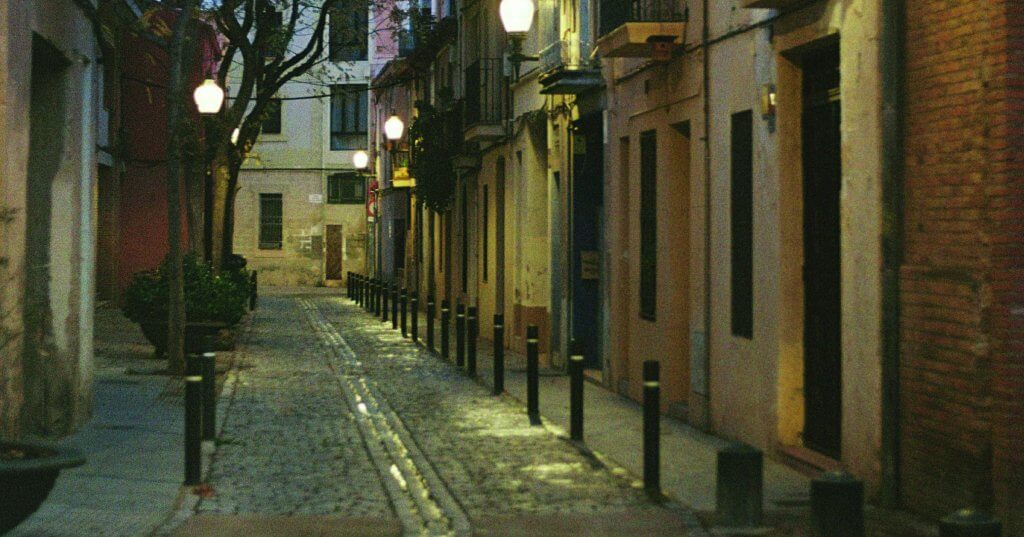
20th Century: Decline and Reconversion
In the 20th century, the tanning industry in Catalonia experienced a decline due to several factors, including changes in the global economy, international competition and the development of new synthetic materials that began to replace leather in many products.
Many of the small family tanneries were unable to compete, which led to the closure of a large number of them. Despite this decline, some managed to adapt to the new times, focusing on the production of high quality leather for niche markets.
Over time, most of the old industrial facilities in the Raval were dismantled or converted to other uses. The neighbourhood, which had been an industrial centre, began to transform into a residential and commercial area.
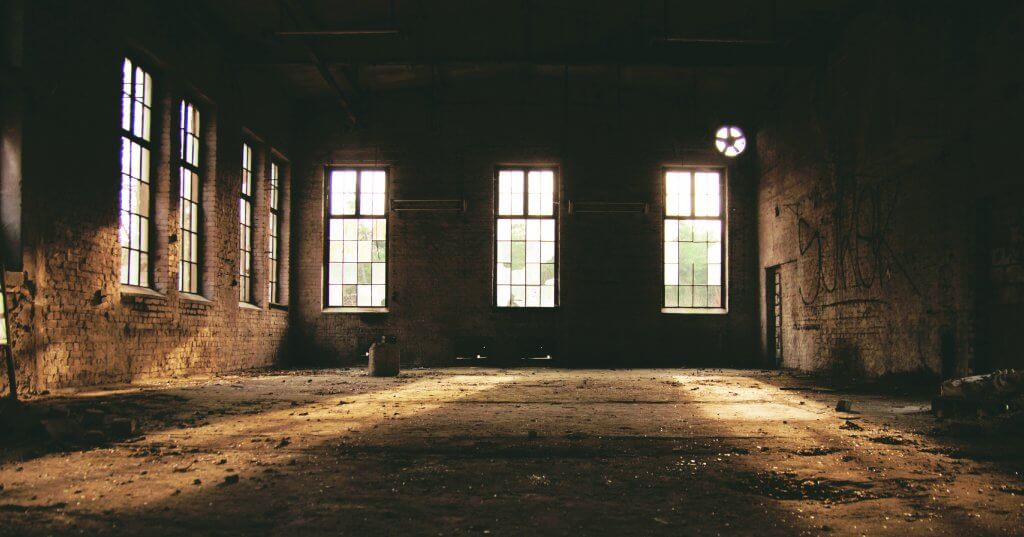
Legacy and heritage
Today, the history of tanning in Barcelona is still remembered as an integral part of the city’s industrial heritage. Some former workshops and factories have been restored or converted into cultural spaces, preserving the memory of an industry that was crucial to Barcelona’s development for centuries.
Tanning in Barcelona was a key industry from the Middle Ages to the 19th century, contributing significantly to the city’s economic and social development. Although in decline, its legacy persists in the historical and cultural memory of the city. The history of tanning in Barcelona is an integral part of the city’s industrial development, especially in the 18th and 19th centuries.
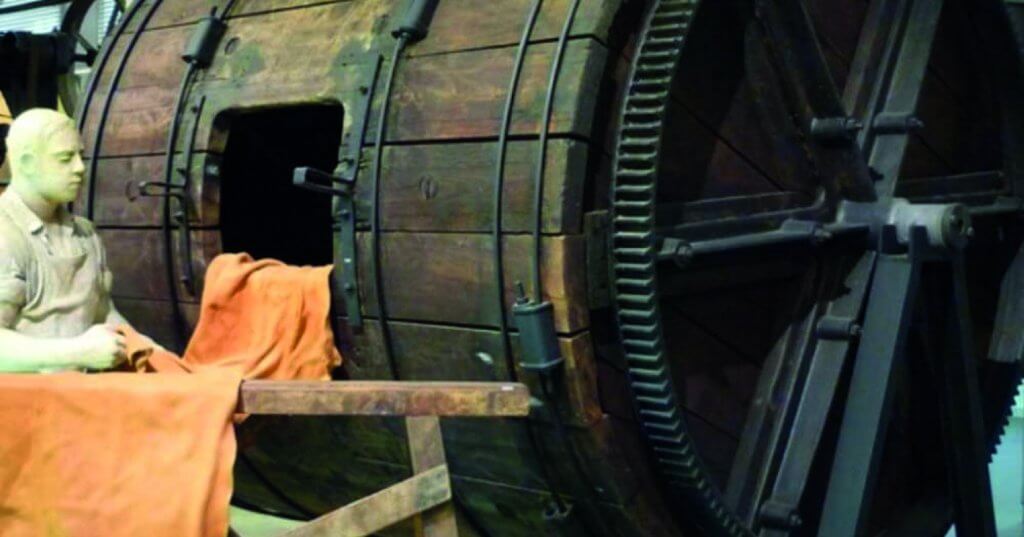
Heritage and Conservation
Today, some old tanneries have been preserved and form part of the city’s industrial heritage, reminding us of the importance of this activity in Barcelona’s economic development. Museums and historical routes, such as the Museu de la Pell d’Igualada i Comarcal de l’Anoia, offer a detailed insight into the tanning process and its impact on the region.
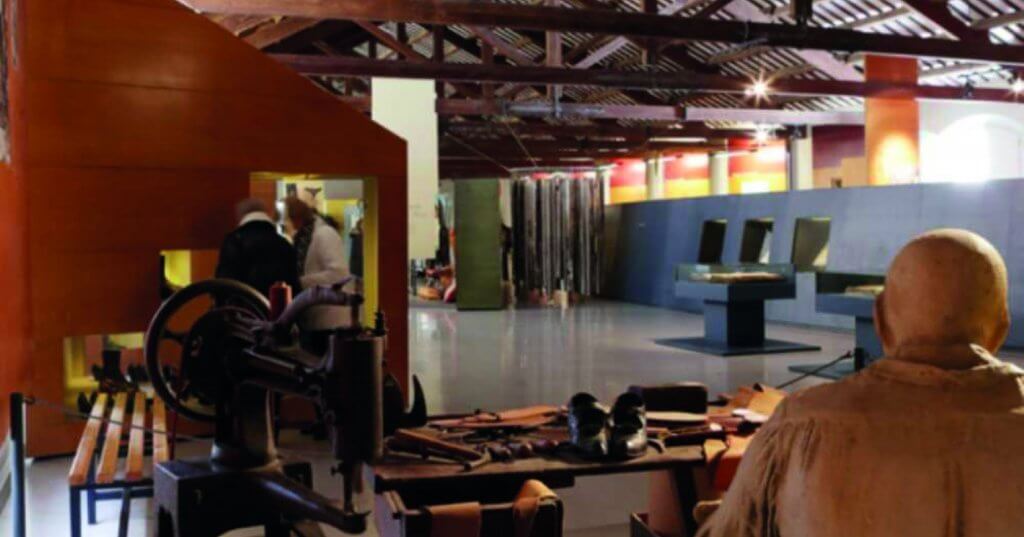
The tanning industry in Barcelona was a fundamental backbone of its economic development for centuries, leaving a mark on the urban and social structure of the city that can still be traced nowadays.
At Pytón we feel part of Barcelona’s tanning history since 1939. You can visit our website to learn more about the history of Pytón.
